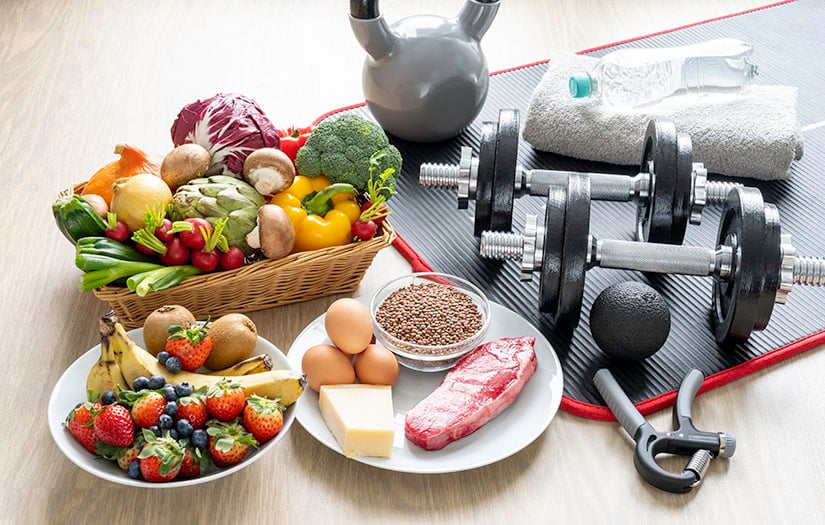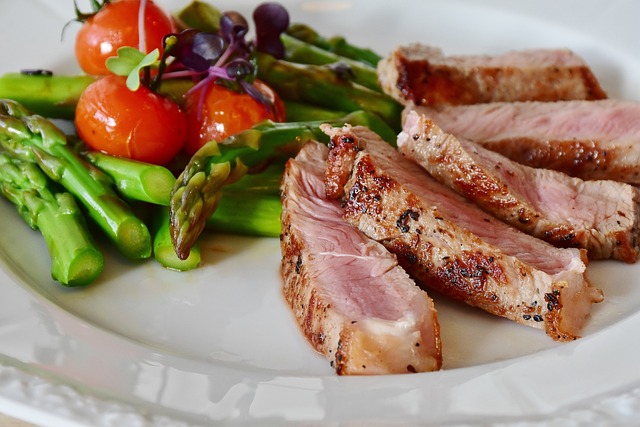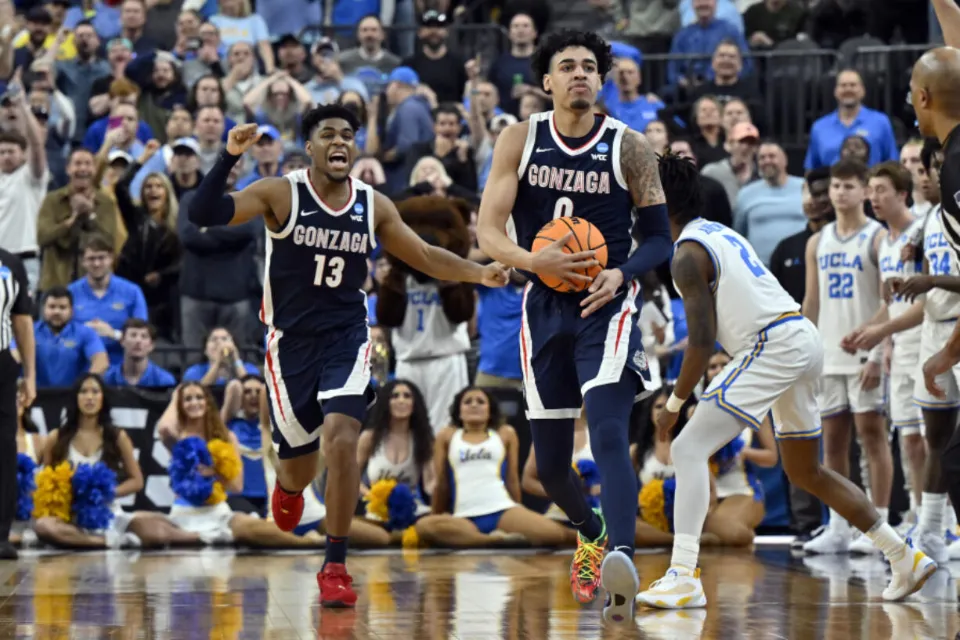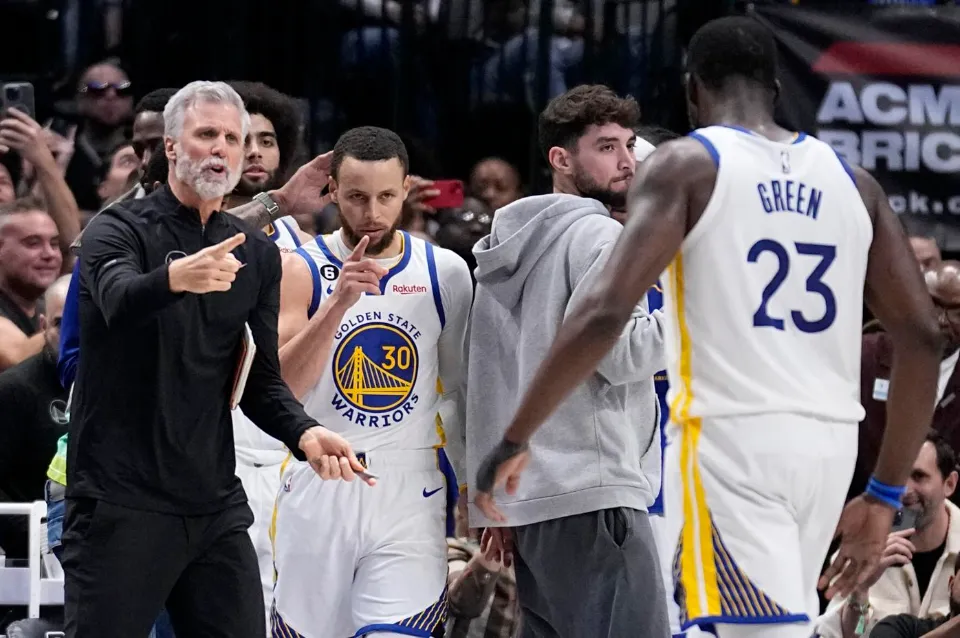Why Should Competitive Athletes Avoid High-Fat Meals?

Young athletes’ performance in sports depends heavily on nutrition, which also promotes healthy growth and development. And competitive athletes try their best to avoid high-fat meals. Why should competitive athletes avoid high-fat meals?
Keep reading.
Table of Contents
Why Should Competitive Athletes Avoid High-Fat Meals?
High-fat foods are usually low in carbohydrates, which limits the amount of glycogen and can store competitive energy.
Red meat and other foods high in fat are common components of protein-based diets, which raise the risk of heart disease. Patients with kidney illness may experience worsening renal function as a result because they may not be able to completely clear up all protein metabolism.
Carbohydrates For Athletes
For athletes, carbohydrates are the most crucial fuel source because they provide the glucose needed for energy. About four kilocalories of energy are found in every gram of carbohydrate. Muscles and the liver store glucose as glycogen. The most readily available energy source for working muscles is muscle glycogen, which can be released more quickly than other energy sources. For children aged four to eighteen, carbohydrates should make up 45% to 65% of their daily caloric intake. Whole grains, fruits, vegetables, milk, yogurt, and whole grains are all excellent sources of carbohydrates.

Protein For Athletes
Proteins help to maintain and repair skin, hair, nails, and muscle. Proteins do not function as the main source of energy for brief and mild exercise. Proteins, however, through liver gluconeogenesis, assist in maintaining blood glucose as exercise duration lengthens. There are four kilocalories in one gram of protein. For children aged four to eighteen, protein should make up roughly 10% to 30% of total calorie intake. Lean meat and poultry, fish, eggs, dairy products, beans, and nuts, including peanuts, are all excellent sources of protein.
Fats For Athletes
Fat is required for the absorption of fat-soluble vitamins (A, D, E, and K), for the provision of essential fatty acids, for the protection of vital organs, and for insulation. A feeling of fullness is also provided by fat. Although it is more challenging to use, it is a calorie-dense energy source (one gram contains nine kilocalories). For children aged four to eighteen, fats should make up 25% to 35% of total energy intake. No more than 10% of total energy intake should be made up of saturated fats. Lean meat, poultry, fish, dairy products, nuts, seeds, and olive and canola oils are all excellent sources of fat. Reduce your intake of fat from foods like chips, candy, fried foods, and baked goods.
Read about: Professional Volleyball Player Salary
Competitive Athletes Nutrition
Eating
• Carbohydrates are a crucial source of energy for your brain as well. Blood glucose, a type of carbohydrate found in the blood, provides the brain with energy so it can concentrate on and react quickly to the task at hand. Maintaining adequate blood glucose levels during exercise and beginning intense exercise with fully charged muscle glycogen stores are both necessary for maximizing athletic performance.
• In addition to the banana, toast, or other type of sugar or starch (carb) you eat before and/or during exercise, your liver also produces blood glucose.
• Because they worry that eating carbohydrates before and during exercise will upset their stomachs, some athletes avoid doing so. Training your gut to tolerate foods and liquids is the better course of action. By experimenting with various commercial products (sports drinks, gels, chomps, etc.) and/or different flavors and brands of carbs (dried pineapple, granola bars, diluted juice) while engaging in physical activity, one can improve their performance.), you can learn which fuels settle best. The rate at which they are absorbed can be sped up by consuming a variety of carbohydrates, which may also lower the likelihood of GI distress. An established fueling strategy is beneficial.
• By adjusting to a ketogenic (high fat, very low carb) diet, you can further increase your ability to burn fat. Training already improves this ability. Given that fat reserves are essentially infinite, a keto-adapted endurance athlete should be able to perform admirably without needing to consume additional carbs while exercising, decreasing their risk of intestinal upset from drinking or eating during a race. Sounds good, but this theory isn’t always accurate. According to research, keto-adapted athletes can maintain their performance during moderate-intensity exercise but suffer during high-intensity, in-person competitive endurance events. That’s in part because burning fat, as compared to burning carb, requires more oxygen and at high intensities, such as a break-away sprint to the finish, oxygen supply to the muscle becomes a limiting factor

Brain Function
• To focus and make informed choices, athletes need a healthy brain. Your motivation to work out at a challenging pace can be maintained with a healthy brain. You want to start exercising when you are well-fed, with blood sugar levels in a normal range (blood sugar can drop overnight), and not when you are fasted and running on empty. Before working out, eat!
• Even in coffee-loving athletes, caffeine is known to lessen the brain’s perception of effort, pain, and fatigue. The dosage ranges from 1.5 to 3 mg per lb of body weight (or 3-6 mg/kg), but no two people respond to medications the same way. Find the dose that works best for your body by experimenting.
• Caffeine can be consumed by athletes in the form of gels, caffeinated energy bars, pre-workout supplements, caffeine pills, and coffee. The issue with coffee is that the amount of caffeine varies, which makes it challenging to determine a precise dose.
• Some performance boosters can have positive effects without being absorbed by the body. Before a brief, intense effort, such as a power lift or a 30-second cycling sprint, for instance, simply gargling with a sugar solution or sports drink (and spitting it out) activates reward centers in the brain, enabling you to exert more effort and improve your performance.
• A perceived cooling effect is produced by rinsing the mouth with a menthol-containing solution every 5 to 10 minutes, which can aid in boosting power or speed during prolonged exercise in the heat. But take care; if you think you’re cooler but aren’t, you might push yourself too far and end up slowing down too soon.
• Athletes who experience muscle cramps may find relief from anti-cramping substances like capsaicin, pickle juice, or spicy flavors. These pungent tastes are thought to “distract” the nerves involved with the cramping muscle and reduce the severity of the cramp. (More investigation is required.)
Fluids
• Before you begin competing, you should make sure that you are properly hydrated. Your first morning urine should be light in color rather than dark and concentrated.
• Depending on your sport, programmed drinking (according to a plan) may be preferable to consuming liquids whenever you are thirsty. A marathon runner, for instance, may experience a significant mismatch between fluid intake and sweat losses. A 10-kilometer runner has a lower risk of suffering from severe dehydration.
• Over the course of the competition, it is recommended that you lose about 2% of your body weight (about three pounds. for a 150-lb. athlete). In laboratory studies, a loss of >3% of body weight (4.5 lbs.) is linked to reduced performance. In reality, many athletes’ desire to succeed outweighs the drawbacks of dehydration. We still don’t know the answers to the following: Would better hydration have improved the performance of dehydrated athletes? Or is it advantageous to be lighter as a result of dehydration? Sports nutrition is an ever-evolving field of study, so keep up.

FAQs
How is Carbo Loading Achieved?
Carbohydrate loading occurs when you eat a high-carbohydrate “training diet” at the same time that you scale back your activity level in the days before an event.
What Does Heart Healthy Label Mean?
For an item to be labeled as “heart healthy” it must fall under some guidelines set out by the FDA like: “Total Fat: Less than 6.5 g. Saturated Fat: 1 g or less and 15% or less calories from saturated fat. Trans Fat: Less than 0.5 g (also per label serving*).
Can Fruits Be Used as Dessert?
Naturally sweet and full of flavor, fruit makes the perfect addition to cake recipes, pie recipes, and other treats. This season, we encourage you to make a blackberry-filled dessert the most vibrant end to each of your summer dinners.
Which of the Best Describes One Serving of Fruit?
The new MyPlate guide categorizes fruits into one cup servings. A one cup serving equals one small apple, one large banana, 32 grapes, one medium pear, eight large strawberries, one small wedge of watermelon, and three plums.
Positive Energy Balance is Important
A positive energy balance is important when the body has been in a state of fasting or low nutrition and energy for some time. In order to gain muscle, which calls for more calories and exercise, this kind of balance is also necessary.
How Much Can An Athlete Increase Their Glycogen Stores by Using Carbohydrate Loading?
For men, a carbohydrate-loading diet can increase the levels of glycogen stored in the muscles as much as 100 percent of your normal amount.
Conclusion
In addition to encouraging the body to expel water, high-protein diets are highly heavy in fat and can cause osteoporosis, heart disease, and several types of cancer.
A few days before a competition, carbo-loading is done by gradually reducing the duration and intensity of workouts while increasing the number of carbohydrates consumed (to 60 to 70 percent of daily calories).







